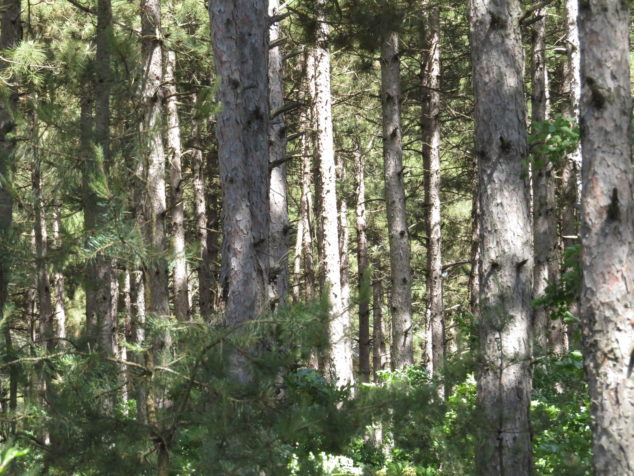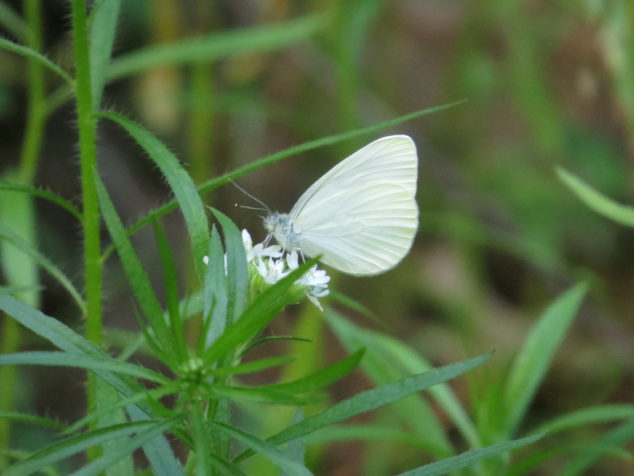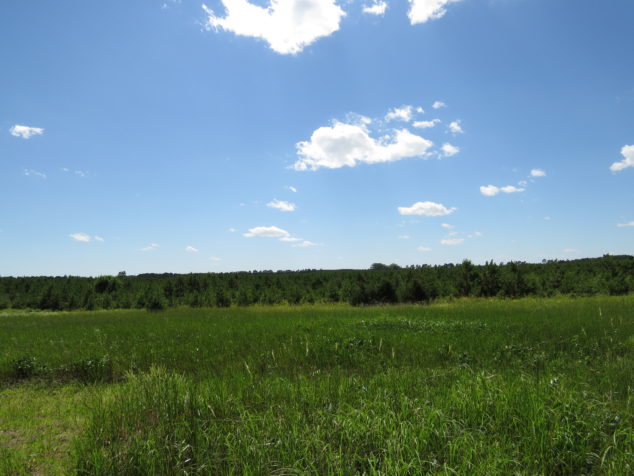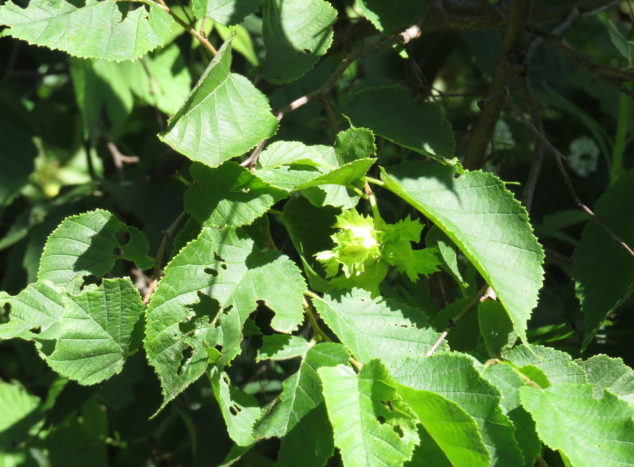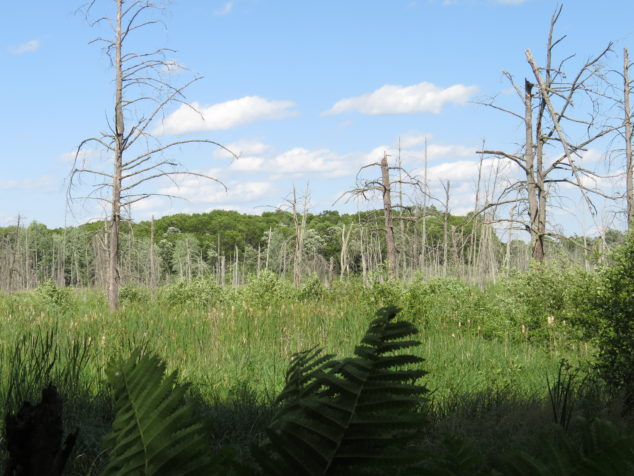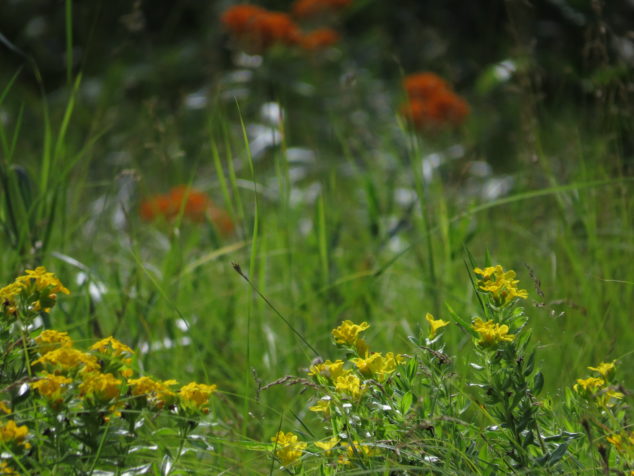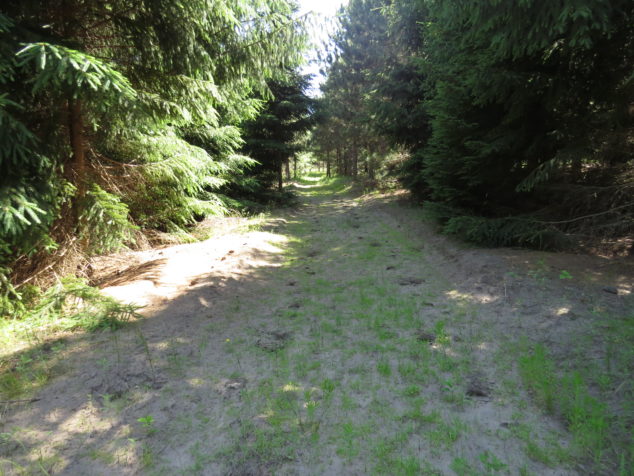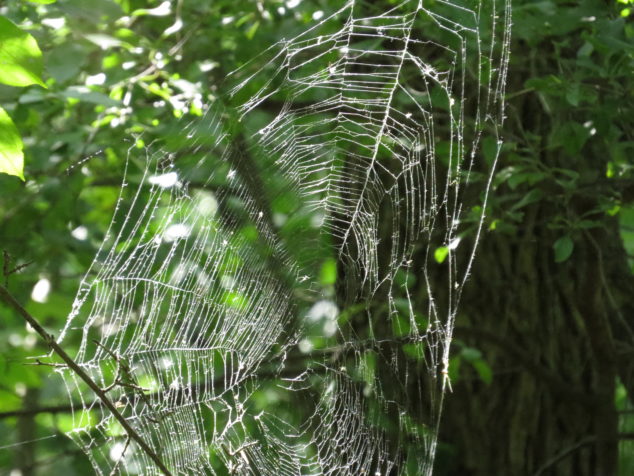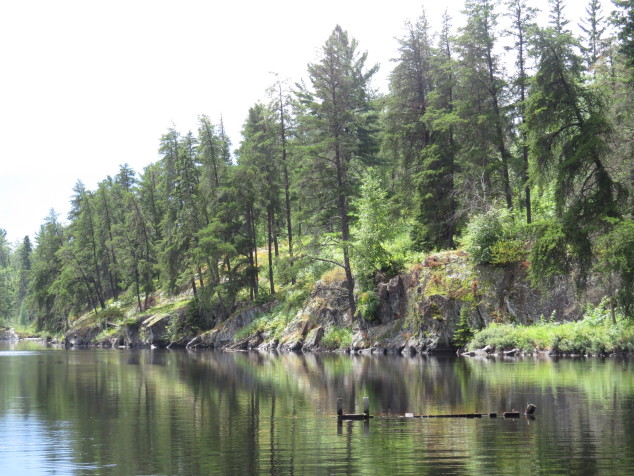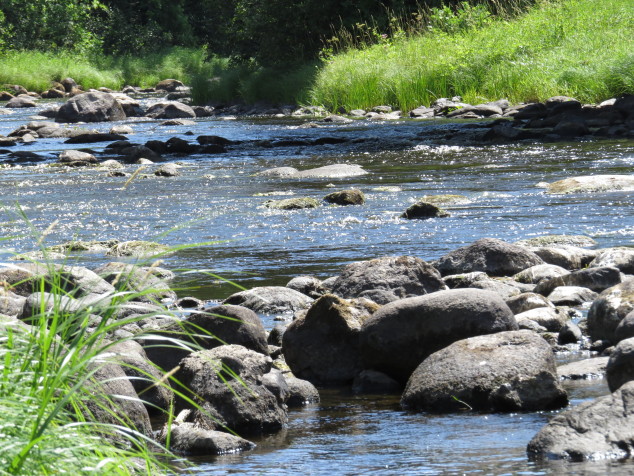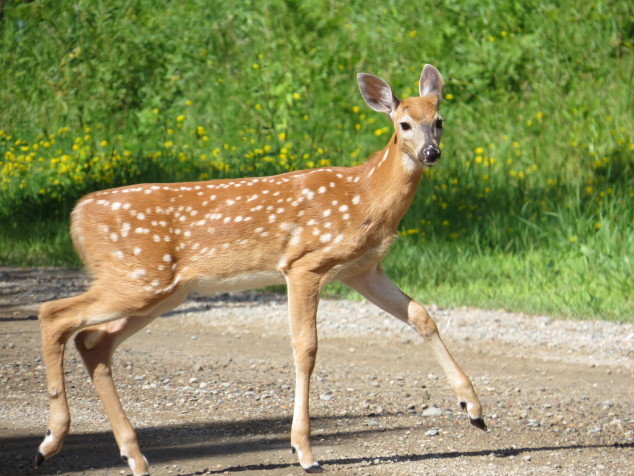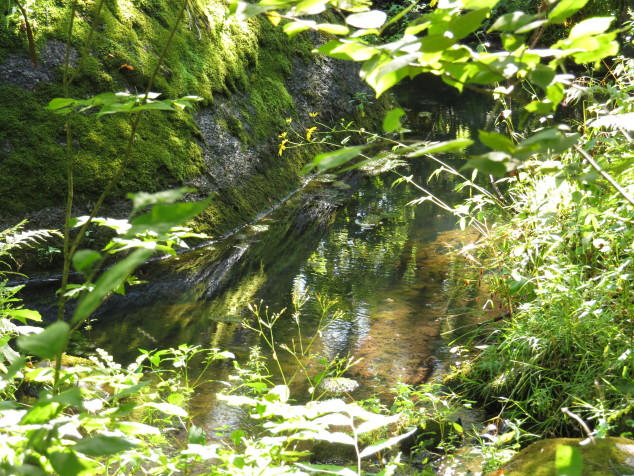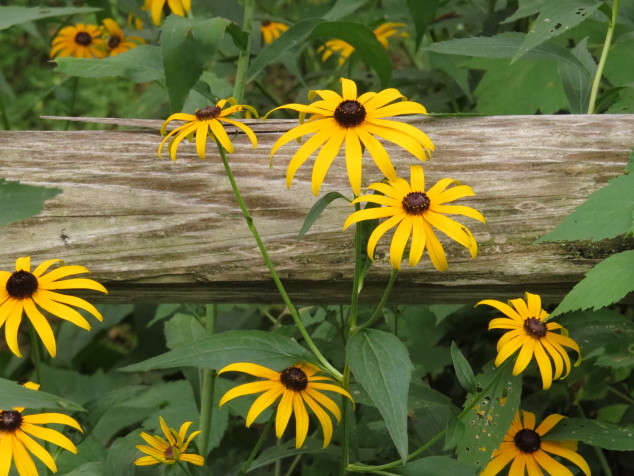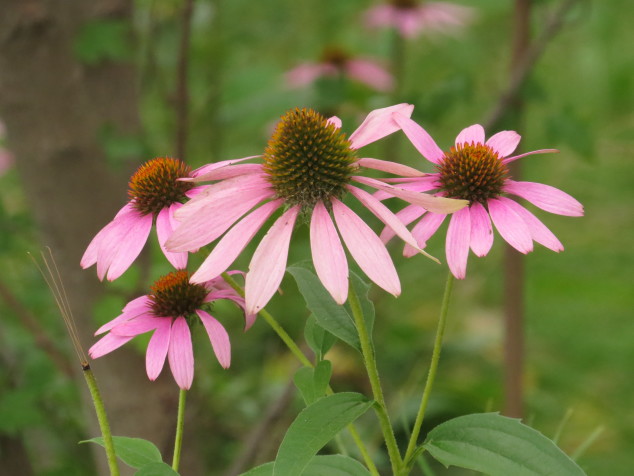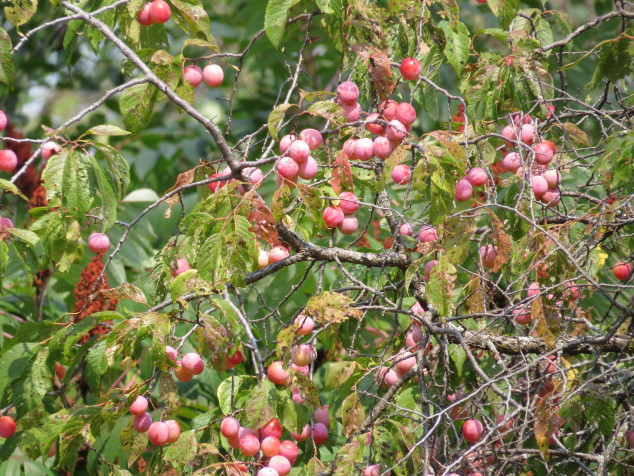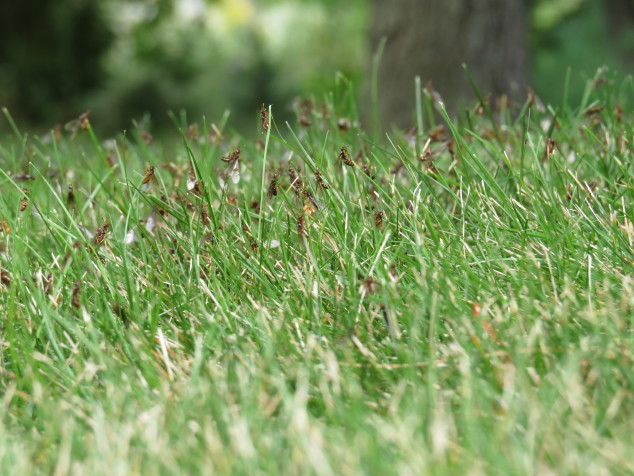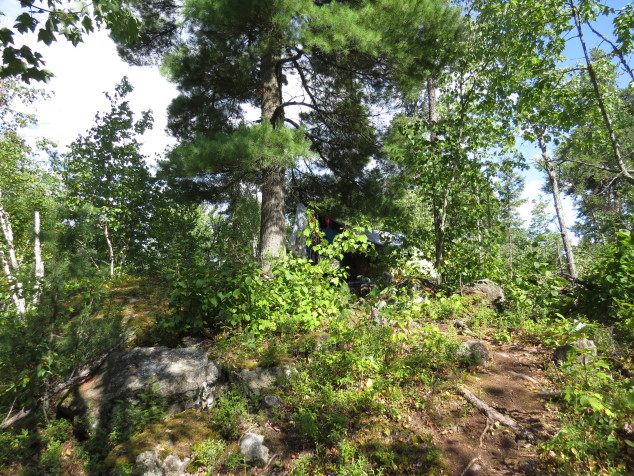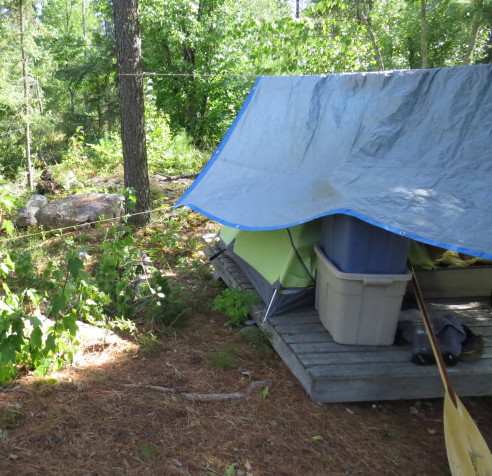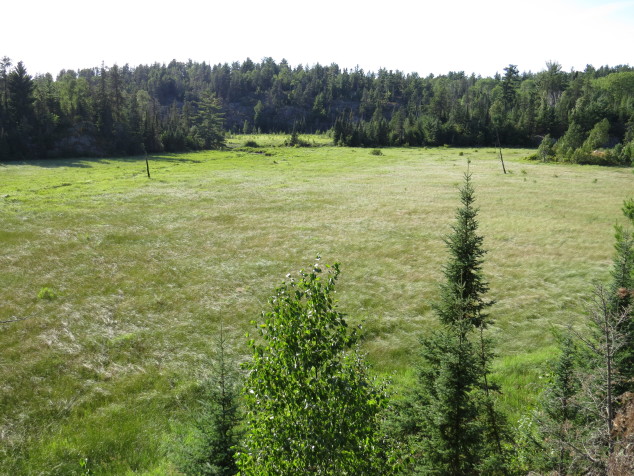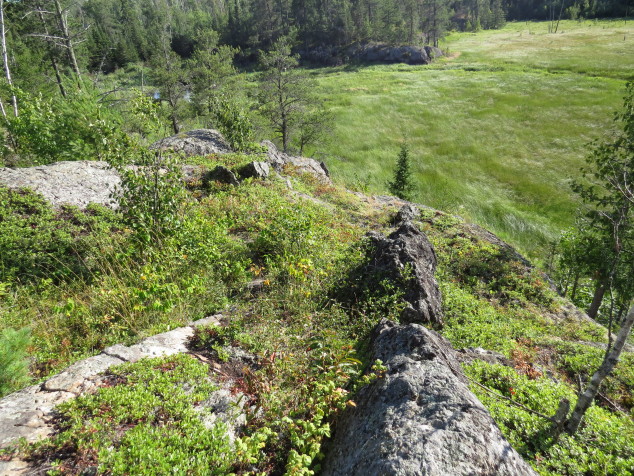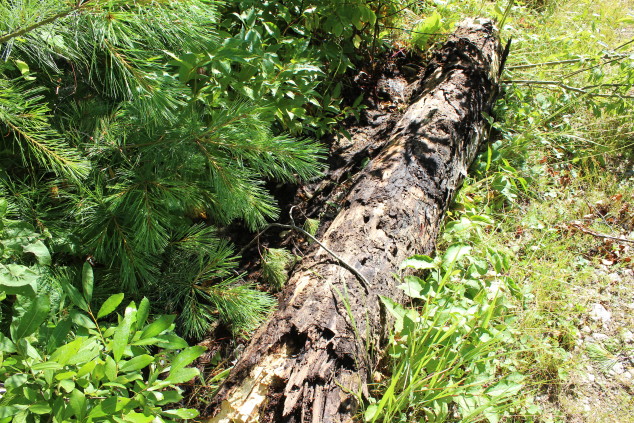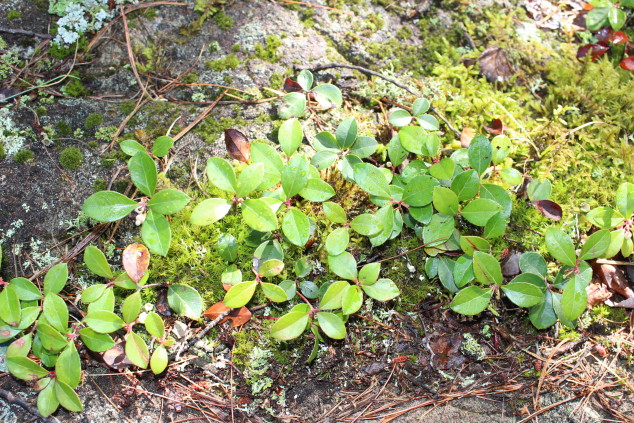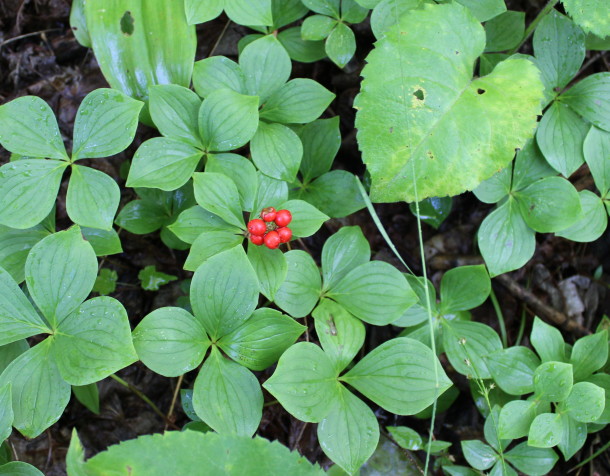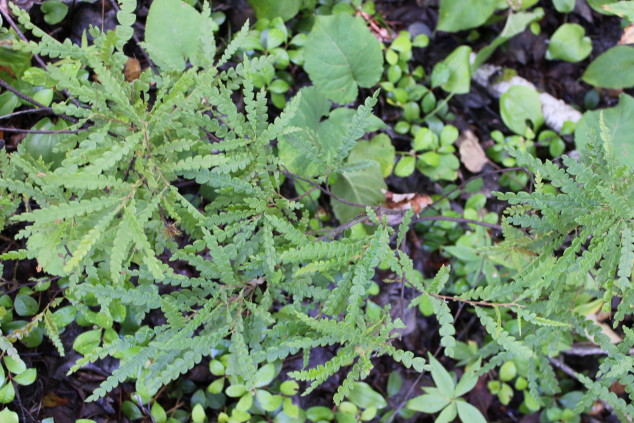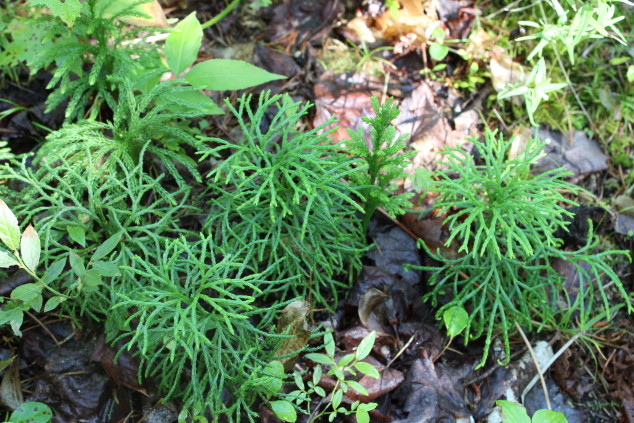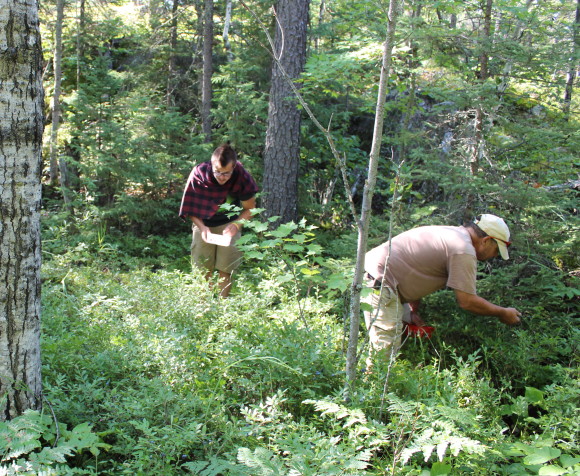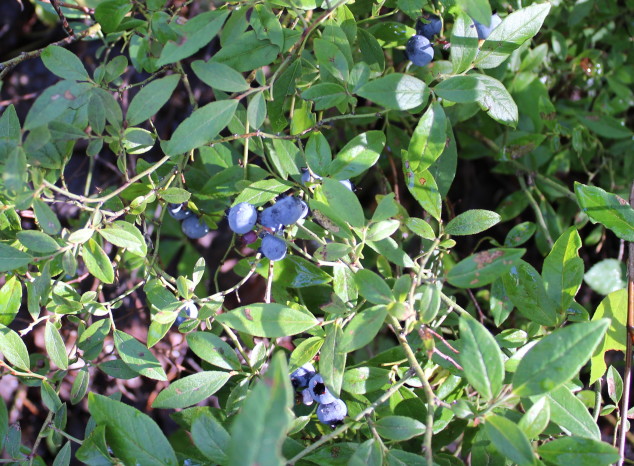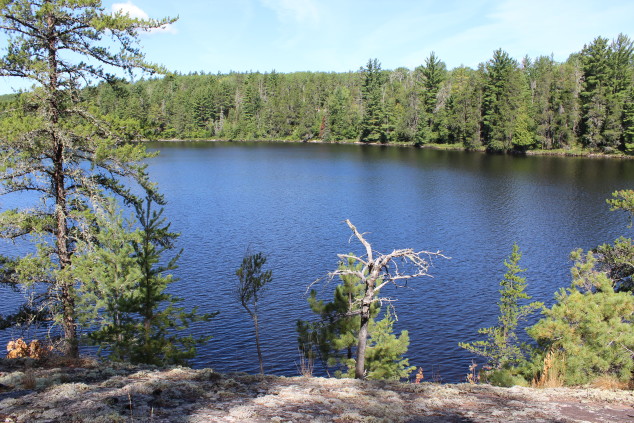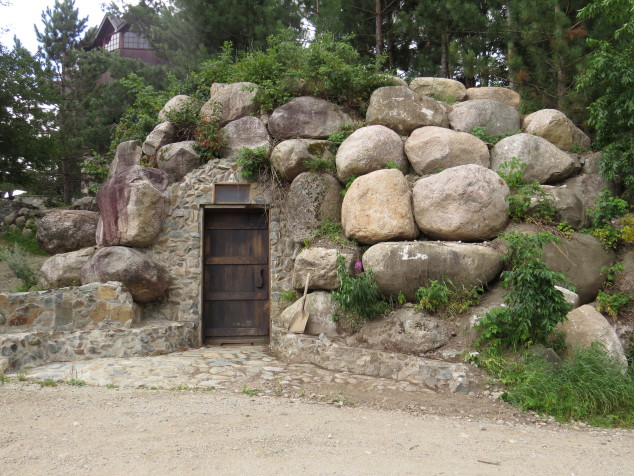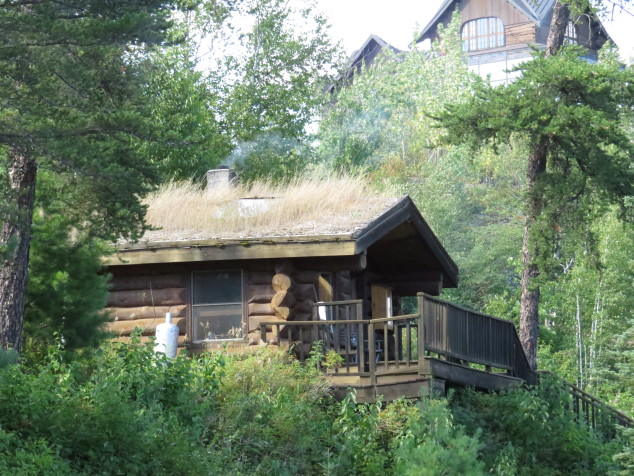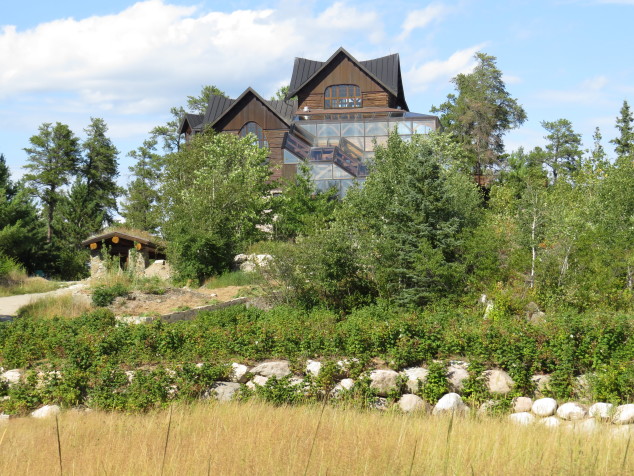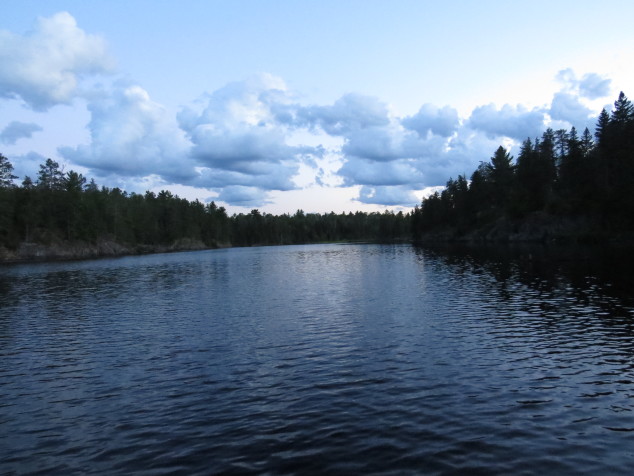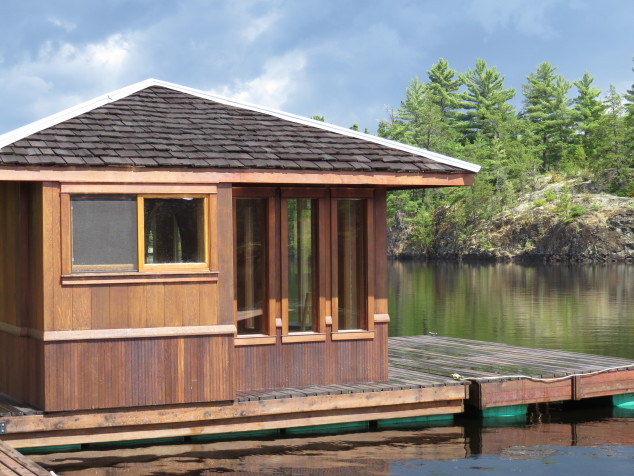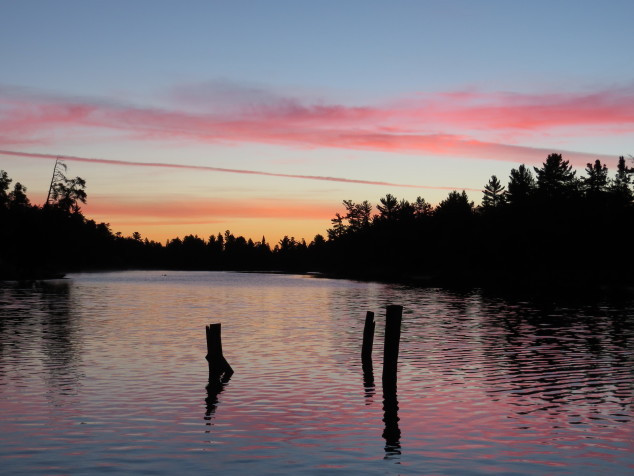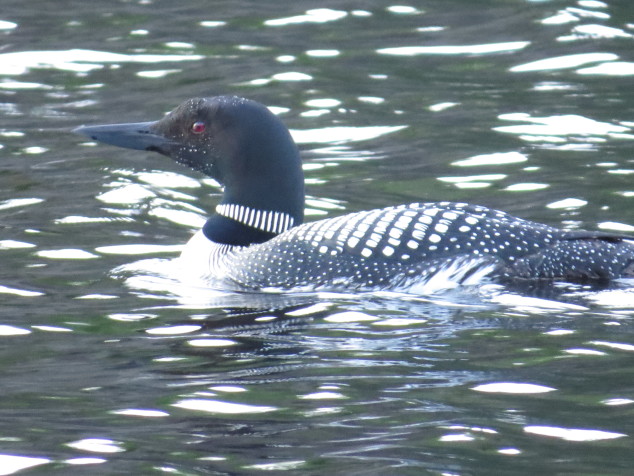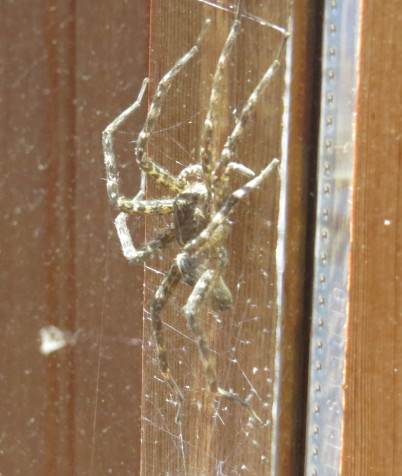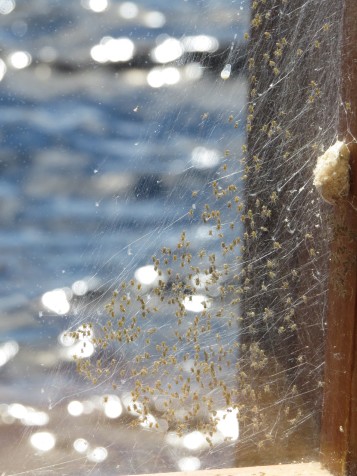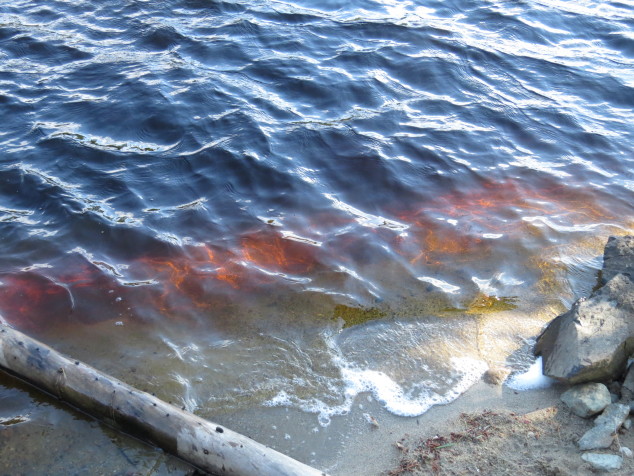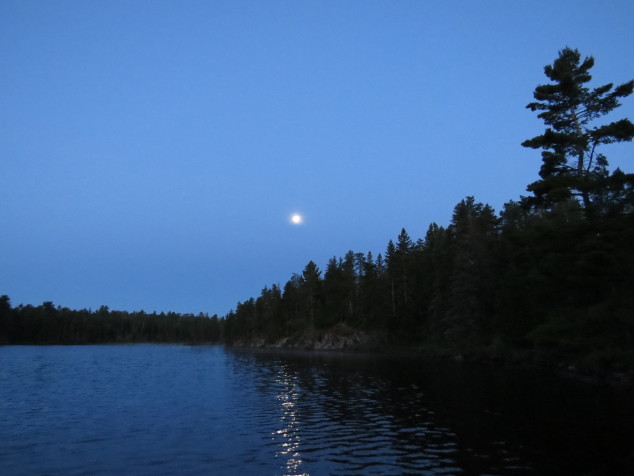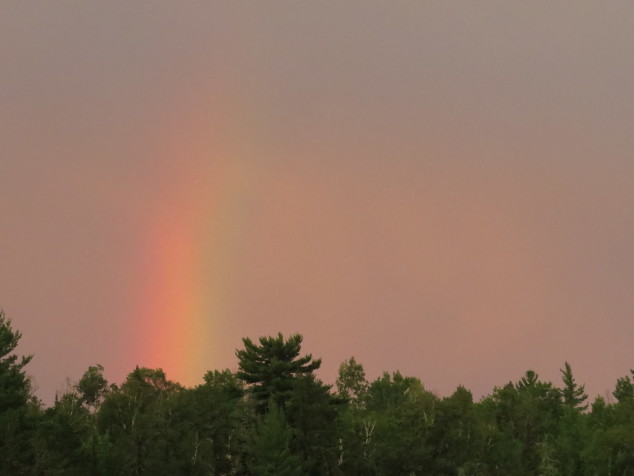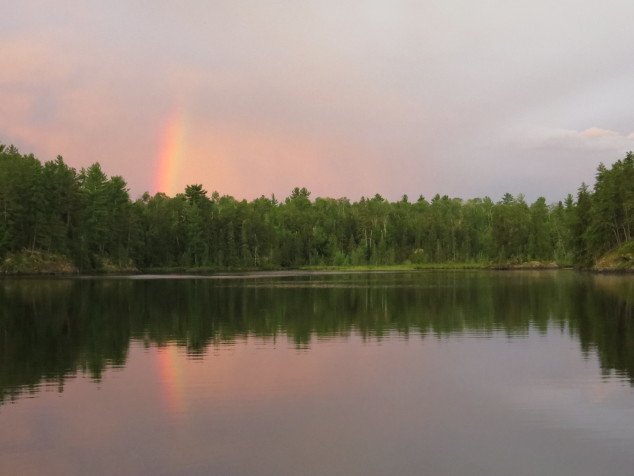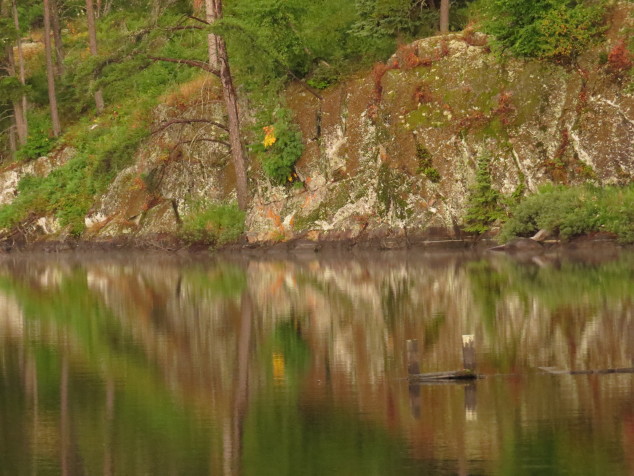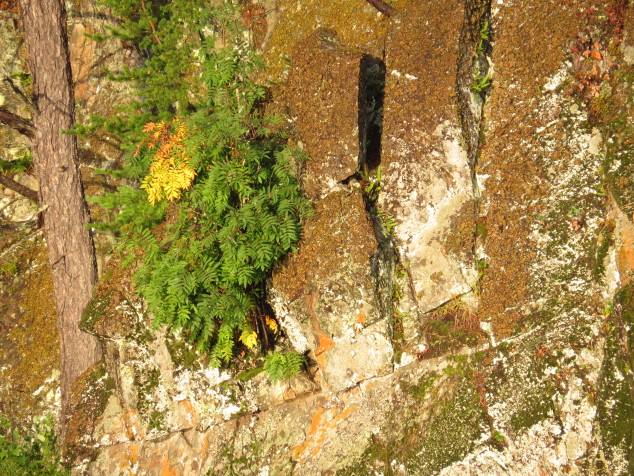…in every grain of sand there is the story of the earth. –Rachel Carson
Walking in the sand along the shore of a lake or ocean is the epitome of a romantic sunset evening or a sand-castle fun family day. Bare feet sink into the dry sand, slowing down the pace of gait and time. Sand has been used for training athletes, including Walter Payton, to improve speed, agility, and strength with the added resistance of moving through sand. Now imagine going for a hike in the middle of a pine forest in Minnesota and walking in the sand!
Sand Dunes State Forest and Uncas Dunes Scientific and Natural Area is located in the Anoka sand plains created when meltwater from the last glaciers deposited a large area of sand. Sand dunes were formed when strong winds blew across the flat landscape. Prairie grasses grew on the sand, and when European settlers arrived, they plowed the virgin prairie for cropland. The drought and Dust Bowl era of the early 1930’s ended farming in the area as the sandy soil “took to the air and drifted like snow.” Hardwood and conifer trees were planted in 1941 to stabilize the sandy soil. In 1943, the state legislature passed a bill to set this land aside for conservation, and since that time, the forest has been enlarged to over 10,000 acres. It now includes camping, swimming beach, horse camp, and trails for hiking, riding, and snowmobiling.
Over 2,400 acres of pine trees have been planted over the decades. They are thinned and harvested for forest products every 5-10 years.
The Uncas Dunes Scientific and Natural Area lies within and adjacent to the State Forest. It was established to protect the sand prairie, the dry sand savanna, and the Uncas skipper, a state endangered butterfly. We had no idea at the time of our hike what the Uncas skipper looked like, but my photo of a small butterfly turned out to be a Mustard White butterfly.
Prairie, pine forests, and blue skies surrounded us as we hiked. Unfortunately, the deer flies also surrounded us, and I tried implementing the Aaron Brake Mind-Over-Mosquito Strategy for the extremely annoying pests.
We hiked past native hazelnut shrubs with their frilly, pale green seed pods encasing the immature nut.
A fern-lined wetland area held the remains of trees that had died from wet feet.
The trail of trees opened up to a small meadow where a brilliant Butterfly Weed was in full bloom. Dark green lance-shaped leaves were outlined with sunlight. The bright orange flowers attract butterflies and hummingbirds. Native Americans chewed the tough roots of the Butterfly Weed as a cure for pleurisy and other pulmonary ailments.
Another wild flower that I didn’t know was in the foreground of the Butterfly Weed. It is either Hoary or Hairy Puccoon, similar sandy soil-loving perennials that are known for the intense reddish-purple dye derived from their deep tap root.
As the time edged closer to suppertime, we decided to turn around and head back to the car, ready to be free of the circling deer flies. Our footprints sank into the sand, along with deer and horse hoof prints.
Evening sunlight streamed through the trees and lit up a spider’s web that was previously unseen.
Explorer Will Steger has been doing a yearly ice-out solo expedition in Northern Minnesota and Canada for the last number of Springs. He travels with a sled or specially designed canoe that he can either pull across the snow and ice or float in the rivers and lakes when the ice breaks up. He radios in a daily report telling about his night and day. Most often the temperatures are below freezing and sometimes below zero. Some days the wind chills are staggering. Snowstorms can dump many inches of snow that impede his travel. Food and fuel sometimes need to be rationed towards the end of his trip if he is in the wilderness longer than planned. And yet, he wraps up his report of a freezing night in a tent, thigh-high snow to trek through, and treacherous ice to navigate with “it was a good workout, though.” This 71-year-old explorer challenges his mind and body with these solo expeditions, doing the hard work, and calling it good.
We find ourselves in trying times with lives endangered in a myriad of ways. Somehow we must stabilize the shifting sands. So whether we’re trekking through deep snow, walking in sand with deer flies, navigating polarizing politics, or trying to save lives, let Light shine on the previously unseen, let us challenge ourselves to do the hard work, and at the end of each day, call it good.
